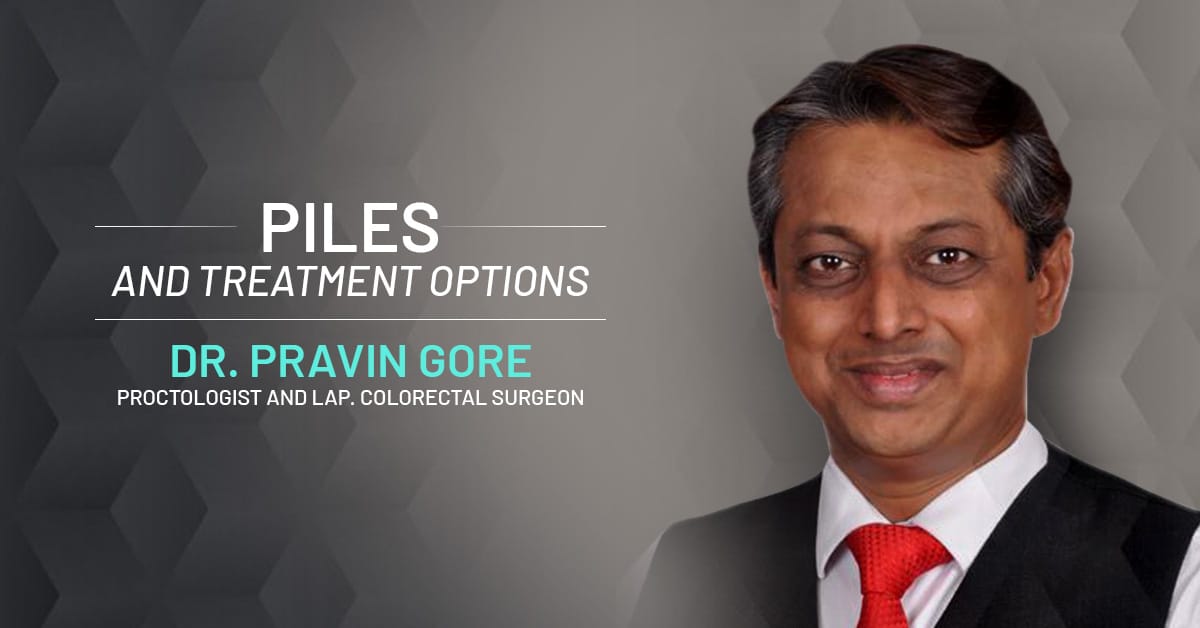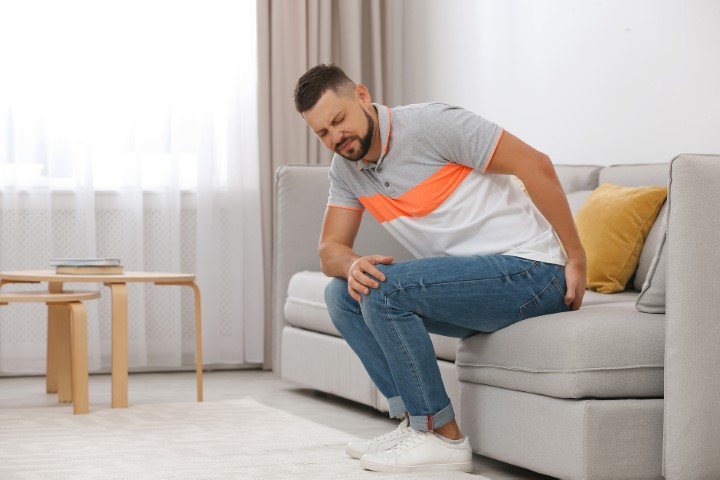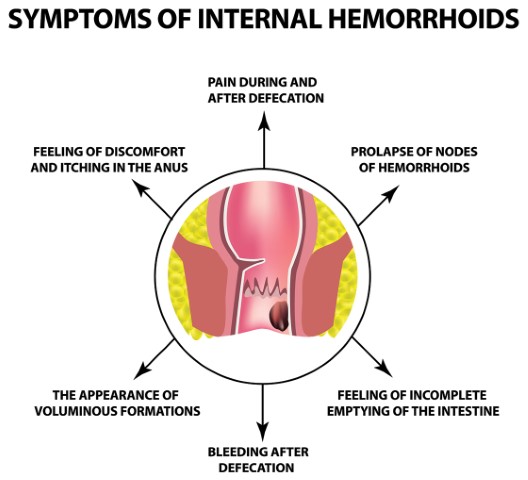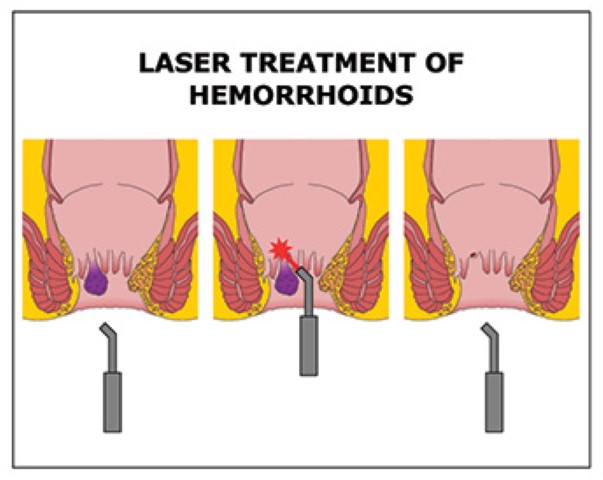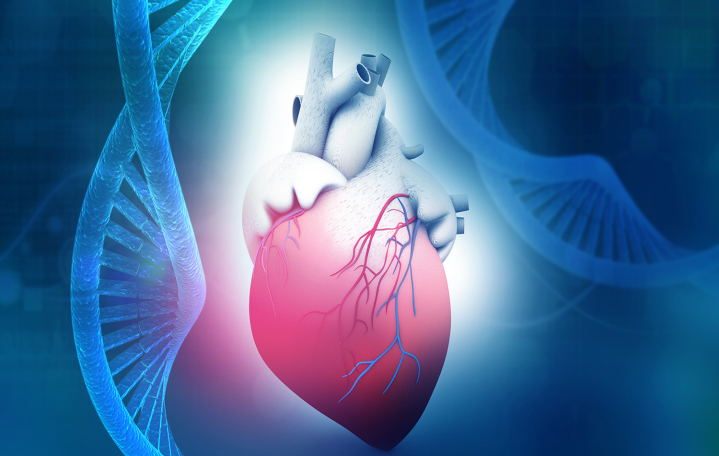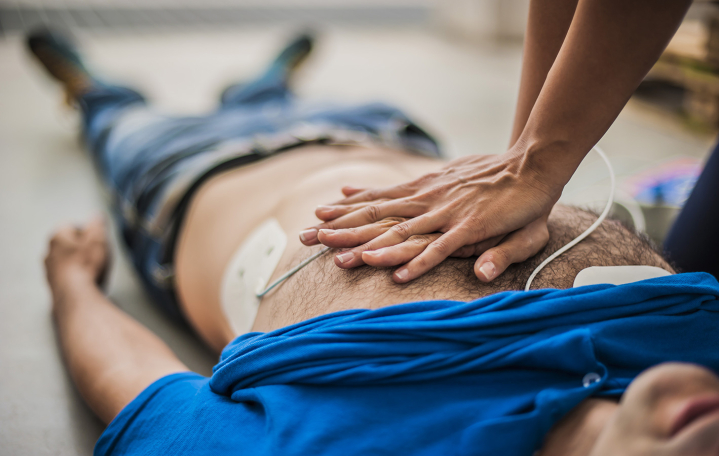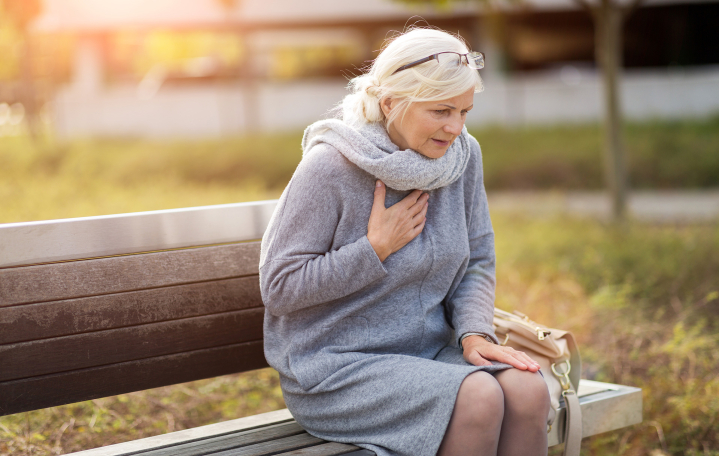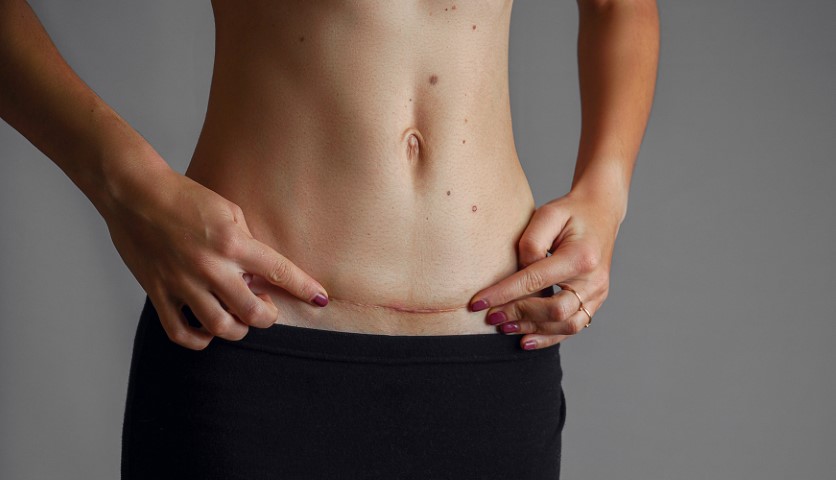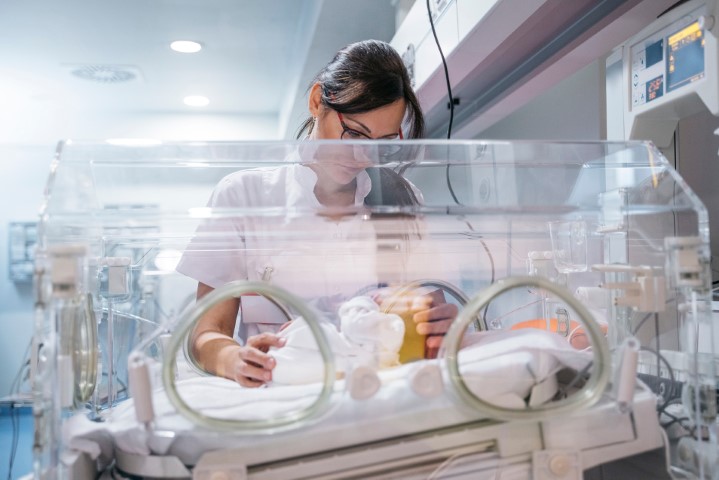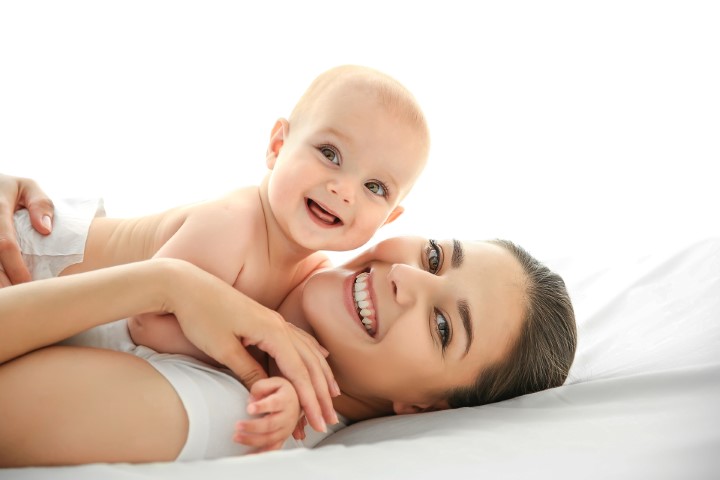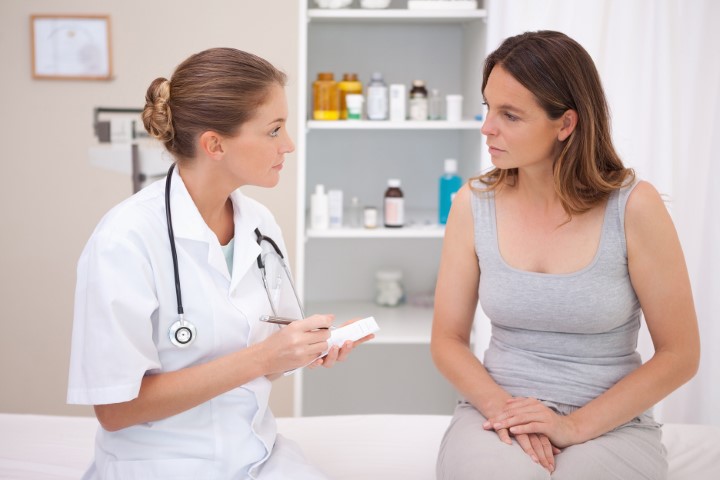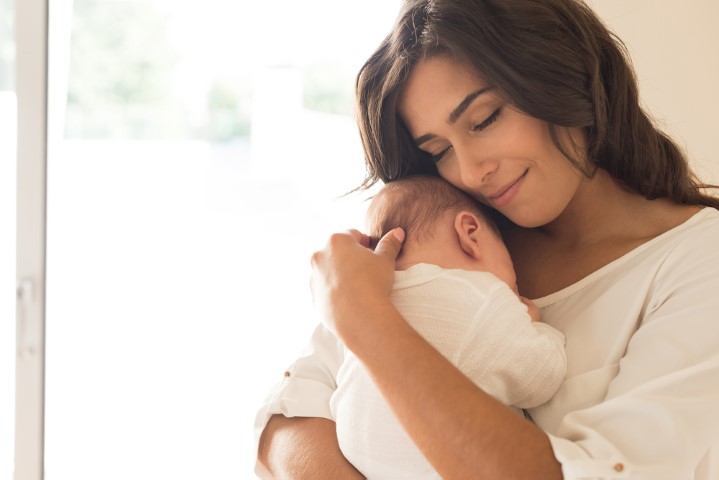If you are reading this, chances are that you might have undergone a Caesarean Section or caesarean delivery and are looking forward to getting rid of the belly fat ASAP. Well, there is news for you. It’s going to take time. It cannot happen overnight. Your body has just produced another human being inside you and carried it for 9 months. That’s a lot to shed when it comes to reducing belly after a Caesarean Section.
If we do a comparison between Normal Delivery and Caesarean, Caesarean Delivery can be quite an experience on the body. They cause a major impact on your muscles in the abdominal area and the floor of the pelvis. Also, the body loses major quantities of blood during a Caesarean Delivery. During this process, you will gain lots of fat and accumulate a large quantity of fat in the abdomen area.
Now, this doesn’t mean that getting back in shape isn’t possible. There are a few things that you need to keep in mind if you are looking to do so after a C-Section delivery.
1) Be patient: As soon as your baby is born, your hormones begin to alter, contracting your uterus. It requires at least 6 to 8 weeks for your uterus to take its original size. So, take all the time to nurture your body and give time to heal and let it come back in its original form. After all, patience is the key post a normal delivery or a Caesarean Section.
2) Consult your doctor first: If you are firm on your decision of losing your belly fat, firstly consult your doctor before initiating any remedy. As per evidence, it is recommended to wait for at least 8 weeks to start any exercise or diet alterations. As eager as you might be to lose the weight right away, this will only cause complications if you rush into it and without a doctor’s advice. So, avoid home remedies post a Caesarean Section.
3) Prefer breastfeeding your baby: Breastfeeding will cause you to automatically get rid of excess weight after delivery, be it Normal or a Caesarean Delivery. The process involves burning calories i. e. around 250 to 500 calories/ day. Also, breastfeeding contracts the body which also involved shrinking the uterus to some extent.



4) Avoiding consuming processed foods: After caesarean deliveries, it is best to not consume processed foods like chips, fried foods, baked items etc. Because when you consume processed food, it not only affects your body but also your baby’s diet especially if you are beast-feeding. If you constantly keep consuming junk food post-Caesarean Delivery, you ingest chemicals in your body which is harmful to both – you and your child.
5) Prefer eating whole foods: Wondering what to consume if not junk? Well, the answer is pretty simple – WHOLESOME FOOD! Pulses, grains, fruits, vegetables, nuts etc. are considered best after a normal or a Caesarean Section. This provides you with the nutrition that you and your baby require. You both benefit from it. You feel good, you feel active and full, your baby is growing healthy and you are on a way to a healthy life after a Caesarean Delivery or a normal delivery.
6) Initiate walking to lose weight: A simpler form of exercise which is best for normal delivery or caesarean is walking. It doesn’t exert any pressure on your body after a Caesarean Delivery. It is easy and highly recommended because it keeps your heart pumping and keeps the blood circulation good. You can always step out with your friends and family to get some fresh air and take some time off from the routine. It also helps you reduce the belly fat and helps you get back to a good shape slowly if done steadily.



7) Opt for mild Exercises: Before you start this, it is recommended to wait for 6-8 weeks post a Caesarean Delivery. You can start with basic yoga and exercises – sphinx pose or a bridge pose which will help strengthen your pelvic muscles. It is best to do it under expert guidance to get the form correct and avoid any injury.


